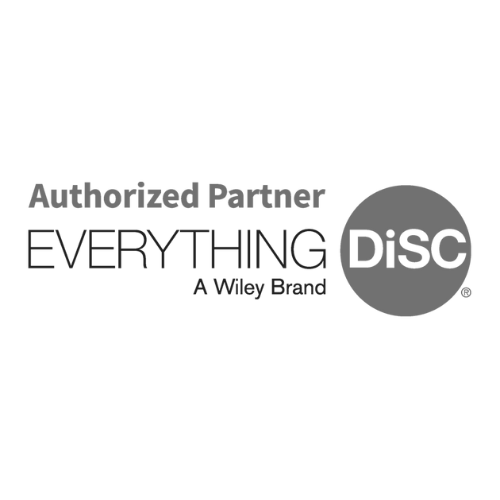On April 30th, 2018, the California Supreme Court issued a landmark decision in Dynamex Operations West, Inc. v. Superior Court and adopted the three-prong ABC test, requiring businesses to meet all three prongs to legally classify a worker as an independent contractor under the California wage orders. The prongs of the ABC test are:
(A) the worker is free from the control and direction of the hiring entity in connection with the performance of the work, both under the contract for the performance of the work and in fact;
(B) the worker performs work that is outside the usual course of the hiring entity’s business; and
(C)the worker is customarily engaged in an independently established trade, occupation, or business.
This was a significant change from the prior Borellotest, which previously considered multiple factors to examine the total circumstances of the relationship between the business and the person performing the work. Crucially, the Borello test determined if the business had a “right to control” the manner in which the worker performed the service. The Borello similarly included whether the person performing the work was engaged in an occupation or business distinct from that of the company, the method of payment, if the company or the worker supplied the equipment, tools, or office space, and the skill required in the particular occupation.
Dynamex dramatically changed the legal landscape and had a far-reaching impact across all industries. Businesses that historically relied on the ability to classify workers as independent contractors were suddenly forced to address this change. Independent contractor status for gig economy positions created by tech giants, such as Uber and Lyft, became threatened. The Dynamex standard also led to much confusion and raised many questions. Does it apply retroactively? Does it apply to all wage and hour claims? How do you define the usual or primary purpose of the business? Would governmental agencies, such as the Employment Development Department and Division of Labor Standards Enforcement, adopt the same standard as the courts?
The Legislative Response to Dynamex
Legislators began wrestling over this judge-made law; some advocated against it and sought to overturn Dynamex, others moved to solidify Dynamex. Assembly Bill 5 (AB 5), which codified Dynamex, was introduced by California assemblywoman Lorena Gonzalez and endorsed by Governor Gavin Newsom. Lobbying efforts kicked into high gear with industries jockeying for exceptions from the onerous Dynamexstandard and various amendments were made to AB 5. In September 2019, AB 5 passed the legislature and was signed by Governor Gavin Newsom. AB 5 becomes effective on January 1, 2020.
Here’s what you need to know
Under AB 5, the Dynamexstandard applies unless an exception is met, in which case the older Borello multi-factor test must be used.Various occupations, such as doctors, dentists, psychologists, insurance agents, stockbrokers, lawyers, accountants, engineers, and real estate agents,were granted relatively simple exceptions from the Dynamex standard. The older Borello multi-factor test will continue to apply for those occupations.
However, AB 5 creates other exceptions that are unfortunately complex, and ensuring compliance requires careful review. For instance, the misleading “professional services exception,” only applies to very specific categories of “professional services,” such as graphic design, marketing, photography or photojournalism, human resources administration, travel agent services, fine art, payment processing, freelance writing, enrolled agents, and certain beauty service providers. Further, various factors must all be met to fit within this exception including:
The individual maintains a business location (may be a residence) that is separate from hiring entity. The individual may choose to perform services at the hiring entity’s location;
If work is performed more than six months after January 1, 2020, the individual has a business license, in addition to any required professional licenses or permits for the individual to practice in his or her profession;
The individual has the ability to set or negotiate his or her own rates for the services performed;
Outside of project completion dates and reasonable business hours, the individual may set the individual’s own hours;
The individual is customarily engaged in the same type of work performed under contract with another hiring entity or holds themselves out to other customers as available to perform the same type of work; and
The individual customarily and regularly exercises discretion and independent judgment in the performance of the services.
Another notable exception is the “business-to-business exception” in which a business is exempt from the Dynamextest if the contracting business demonstrates that all of the following criteria are satisfied:
The business service provider is free from the control and direction of the contracting business entity, both under the contract for the performance of the work and in fact;
The business service provider is providing services directly to the contracting business rather than to customers of the contracting business;
The business service contract is in writing;
If the work is performed in a jurisdiction that requires the business service provider to have a business license or business tax registration, the business service provider has the required business license or business tax registration;
The business service provider maintains a business location that is separate from the business or work location of the contracting business;
The business service provider is customarily engaged in an independently established business of the same nature as that involved in the work performed;
The business service provider actually contracts with other businesses to provide the same or similar services and maintains a clientele without restrictions from the hiring entity;
The business service provider advertises and holds itself out to the public as available to provide the same or similar services;
The business service provider provides its own tools, vehicles, and equipment;
The business service provider negotiates its own rates;
The business service provider sets its own hours and location of work; and
The business service provider is not performing the type of work for which a license from the Contractor’s State License Board is required.
Importantly, this “business-to-business exception” does not apply to an individual worker, as opposed to a business entity, who performs labor or services for a contracting business.
Compliance requires extraordinary diligence. The above is a non-exhaustive description of AB 5 and should not be relied upon in replace of legal advice. Other exceptions, such as a referral agency exception and construction industry exception, are found within AB 5 but are subject to limitations as with the business-to-business exception.
Moving Forward
Properly classifying a person or entity that does work for you as an independent contractor has become exceedingly complex with the passage of AB 5. Businesses with California workers must now carefully analyze their relationships with these workers to ensure compliance since misclassification can lead to significant legal exposure in the areas of wage and hour liability, benefits coverage, workers’ compensation, unemployment compensation, and a whole host of other legal issues. Therefore, businesses that rely on independent contractor classifications should seek legal review now and develop a compliance strategy before January 1, 2020.
Shannon Wolf, Esq.
The Law Office of Shannon Wolf
1201 Puerta del Sol, Suite 213
San Clemente, CA 92673
(949) 276-4214 | swolf@swolflegal.com








